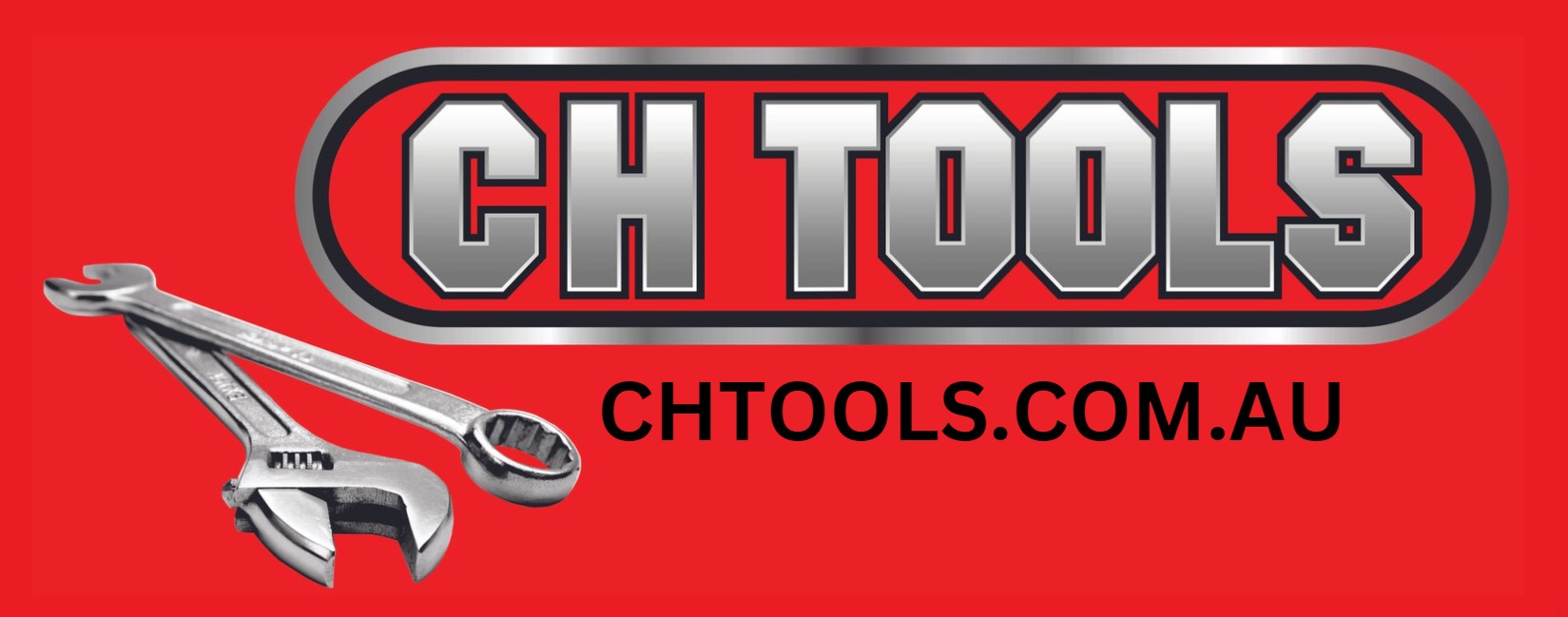Follow us:
Powerful Air Tools: Unleash the Potential of Compressed Air







Guide to Selecting the Correct Air Tools for a Job
Air tools, powered by compressed air, are essential for many applications in automotive, construction, and industrial settings. Choosing the right air tools for your job can enhance efficiency and performance. Here’s a comprehensive guide to help you select the best air tools for your specific needs:
1. Understand the Job Requirements
- Task Type: Determine the specific tasks you need to perform (e.g., drilling, sanding, impact fastening).
- Material: Identify the materials you will be working with (e.g., metal, wood, concrete).
- Precision and Power: Consider the level of precision and power required for the job.
2. Types of Air Tools
- Impact Wrenches: For tightening and loosening fasteners.
- Torque Range: Choose based on the torque required for the job. Impact wrenches come in different sizes, typically ranging from 1/4" to 1".
- Power Source: Consider whether a cordless or pneumatic model is more suitable for your needs.
- Air Drills: For drilling holes in various materials.
- Drill Size: Choose based on the diameter of holes you need to drill.
- Speed and Power: Consider the speed (RPM) and power (measured in horsepower) of the drill.
- Air Sanders and Polishers: For smoothing and finishing surfaces.
Type:
Orbital Sanders: Provide a smooth finish and are ideal for sanding large surfaces.
Rotary Sanders: Used for more aggressive sanding and material removal.
Dual-Action Sanders: Combine orbital and rotary action for a finer finish.
Pad Size: Choose based on the size of the surface you need to sand or polish.
- Air Grinders: For grinding, cutting, and surface preparation.
Type:
Angle Grinders: Suitable for grinding, cutting, and finishing tasks.
Die Grinders: Used for detailed work, including deburring and polishing.
Disc Size: Select based on the size of the discs you plan to use.
- Air Hammers: For chiseling and demolition work.
- Chisel Types: Choose based on the type of work, such as flat chisels for general use or pointed chisels for precise work.
- Blows Per Minute (BPM): Consider the number of blows per minute to match the intensity of work.
- Air Nailers and Staplers: For fastening materials.
Type:
Finish Nailers: For precise nailing and trim work.
Framing Nailers: For heavy-duty nailing in construction.
Brad Nailers: For small, finishing nails.
Nail Size and Capacity: Choose based on the size of nails or staples needed and the tool's capacity.
- Air Compressors: Provide the power needed for various air tools.
- Tank Size: Choose based on the volume of air needed and the duration of use.
- Pressure Output: Ensure the compressor can provide the necessary PSI (pounds per square inch) for your tools.
- Air Hose and Accessories: Essential for connecting and using air tools.
- Hose Length and Diameter: Choose based on your working area and the air flow requirements.
- Couplers and Fittings: Ensure compatibility with your tools and ensure secure connections.
3. Power and Performance
- Air Pressure: Ensure the air tool operates within the pressure range provided by your air compressor. Most tools operate between 70-120 PSI.
- CFM Rating: The cubic feet per minute (CFM) rating indicates the volume of air required. Match this with your compressor's output.
4. Ergonomics and Usability
- Weight and Balance: Choose tools that are comfortable to handle and reduce operator fatigue.
- Grip and Controls: Look for tools with ergonomic grips and easy-to-use controls.
5. Durability and Build Quality
- Material: Opt for tools made from high-quality materials like aluminum or composite for durability and resistance to wear.
- Brand and Reviews: Choose reputable brands known for reliability and performance.
6. Safety Features
- Protective Guards: Ensure tools have safety guards to prevent accidents.
- Exhaust and Ventilation: Consider tools with effective exhaust systems to direct debris away from the operator.
- Proper Maintenance: Regularly maintain and inspect tools to ensure they remain in safe working condition.
7. Cost Considerations
- Cost vs. Quality: Balance your budget with the quality and performance of the air tools. Higher-quality tools may offer better performance and longer life.
- Comparative Shopping: Compare different brands and models to find the best value for your needs.
8. Maintenance and Care
- Regular Cleaning: Keep air tools clean to prevent buildup and ensure smooth operation.
- Lubrication: Regularly lubricate moving parts to maintain performance and extend tool life.
- Storage: Store tools in a dry, clean environment to prevent rust and damage.
9. Training and Skill Development
- Skill Requirements: Ensure you or your team have the necessary skills and knowledge to use air tools effectively and safely.
- Training Resources: Consider training or tutorials for advanced tools or techniques.
10. Long-Term Considerations
- Future Needs: Plan for potential future needs and ensure the tools can accommodate evolving requirements.
- Upgradability: Choose tools that can be upgraded or adapted as your projects and tasks change.
By carefully evaluating these factors, you can select the correct air tools that meet your needs, enhance productivity, and ensure high-quality results for your projects.
CONTACT US TO FIND OUT MORE ABOUT THE TOOLS WE RANGE IN-STORE
